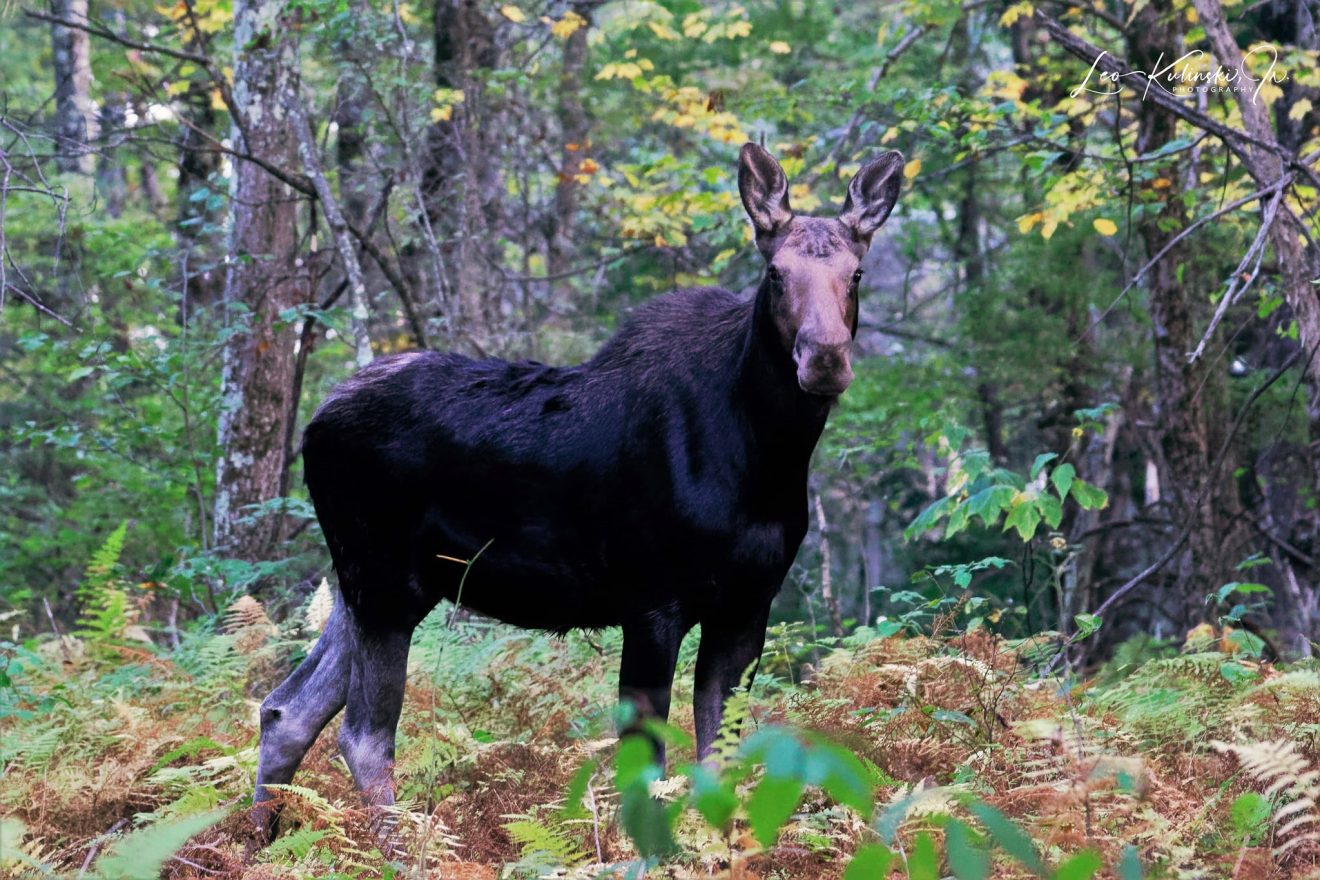BARKHAMSTED – When the Pleasant Valley Volunteer Fire Department posted a video on March 24 of two moose crossing Route 181 near the Barkhamsted Reservoir, Connecticut’s TV news stations scrambled to...
Haven’t subscribed yet? Click here to register.
CT Examiner is just $20 a year. And if you want to unsubscribe? That’s online and at the click of a button. No phone calls. No runaround. No hassle.
At less than a tenth the cost of our statewide competitors, our promise to you is no-nonsense federal, state, and local news that’s nonpartisan, respects your privacy and is ad-free.
Subscribe and see why CT Examiner is the fastest growing news source in Connecticut.

